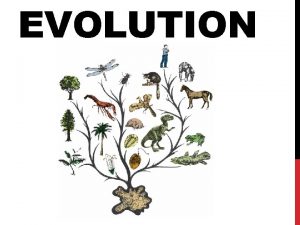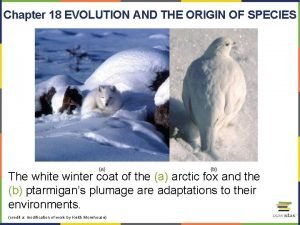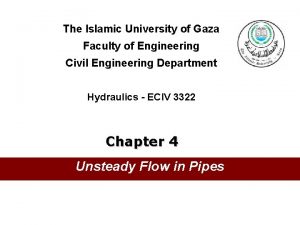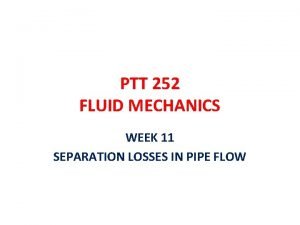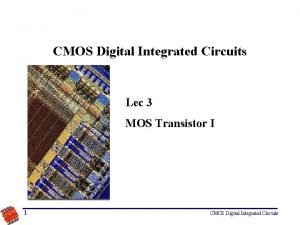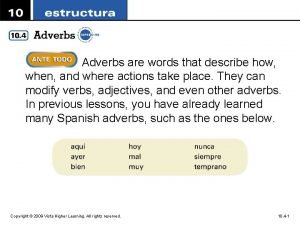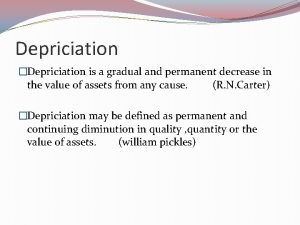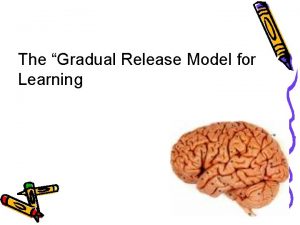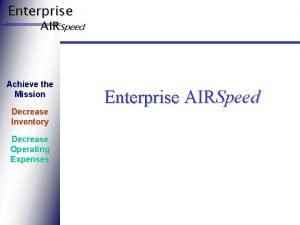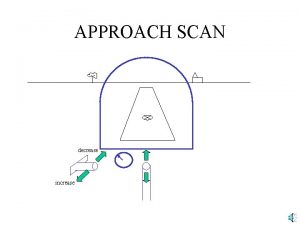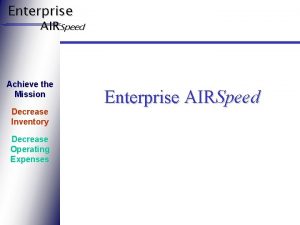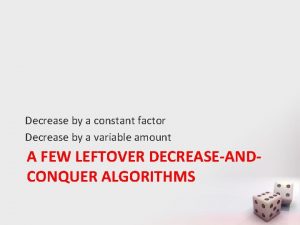Depriciation Depriciation is a gradual and permanent decrease
















- Slides: 16

Depriciation �Depriciation is a gradual and permanent decrease in the value of assets from any cause. (R. N. Carter) �Depriciation may be defined as permanent and continuing diminution in quality , quantity or the value of assets. (william pickles)

CHRACTERSTICS OF DEPRICIATION �Decrease in the value of assests �Gradual decrease �Process of allocation not of valuation �Permanent decrease in the value of assets

Causes of depriciation �Constant use �Effect of time �On expiry of legal rights �Accident �Human mistake �Obsolescence �Fall in price �Depletion

Need , objectives or significance of providing depriciation �To ascertain true profit and loss �Ascertainment of correct cost of production �Presentation of correct economic position �Arrangement of funds for the re-establishment of assests �To prevent the distribution of profits out of capital �To save the income tax

Use of depreciation in other related terms �Depreciation- used for physical assets �Amortization- used for intangible assets �Depletion- used for natural resources �Dilapidation- used in contract of lease

Factors determining the amount of depreciation �Cost of assets �Estimated useful life of assets �estimated scrap value of assets

Methods for recording depreciation � 1. provision for depreciation account is to be maintained. � 2. provision for depreciation account is not to be maintained. .

Methods for providing depreciation �Fixed installment method �Diminishing installment method �Annuity method �Depreciation fund method �Insurance policy method �Revaluation method �Depletion method

Fixed instalment method �A certain and equal amount is deducted annually as depriciation. �Easy method. �Suitable for all type of business. �Value of asset become zero at the end of working life of asset. �Depriciation is shown as a direct deduction from the value of asset in balance sheet.

Demerit of fixed instalment �Equal depriciation is charged every year but the efficiency of asset decreases with the passage of time. �No provision for interest on investment on asset. �No provision for replacement. �Difficult to estimate residual value. �Only considers the time duration, not on actual use of asset.

Application of fixed installment method �Applicable for those assets on which repair and renewal expenses are very less. �Applicable on those org. where some assets have more repair expenses and some have less expenses.

Calculation of depriciation �On the basis of working life of assets= � Depriciation=cost of assets-scrap value/ � estimated SSWlife of asset �On the basis of % = Depriciation = cost of asset * rate/100

Diminishing balance method �Depriciation is calculated on the opening balance of asset every year. �Easy calculation of depriciation. �In initial year dep. Is more and repair charges are less and in later year deprication is less and repair is more. so equal effect on profit and loss account. �Value of asset never become zero. �Method is permissible under income tax act 1961.

demerit of diminishing balance method �Detrmination of suitable rate is tough. �Value of asset can not be reduced to zero. �No provision for replacement. �No provision for interest. �Dep. Is more in initial year and less in later years. �If less rate is decided then more years are required for amortization of asset but asset ended earlier.

Application of method �Applicable on those assets which have more working life like � building � plant � machinery

Difference in fixed and diminishing method Fixed instalment Diminishing method � Amount of dep. Remains equal. � Calculated on initial book value. � Book value can be reduced to zero. � Rate of dep is kept lower. � Effect of dep and repair is not equal on p&l a/c. � This method is not approved by income tax authority. � Amount of dep. Reduces every year. � Calculated on written down value. � Bookvalue never become zero. � Rate of dep is kept higher as compared to fixed instalment method. � Effect of dep and repair on p&l a/c is equal. � Approved by income tax authority
 Input and output markets
Input and output markets Answer
Answer Plan gradual de cumplimiento
Plan gradual de cumplimiento Gradual build up
Gradual build up The gradual change in a species over time
The gradual change in a species over time The gradual development of a community over time
The gradual development of a community over time The origin of species manga chapter 18
The origin of species manga chapter 18 Water hammer calculation
Water hammer calculation Gradual release of responsibility pedagogy
Gradual release of responsibility pedagogy The gradual change in living communities
The gradual change in living communities Head loss formula for sudden contraction
Head loss formula for sudden contraction Opposition principle of design
Opposition principle of design Climax community
Climax community Gradual channel approximation
Gradual channel approximation Transforma los adjetivos en adverbios. alegre
Transforma los adjetivos en adverbios. alegre Mos i-v curve
Mos i-v curve Evolution is gradual
Evolution is gradual




